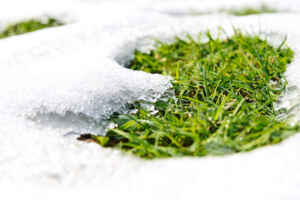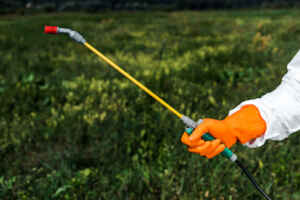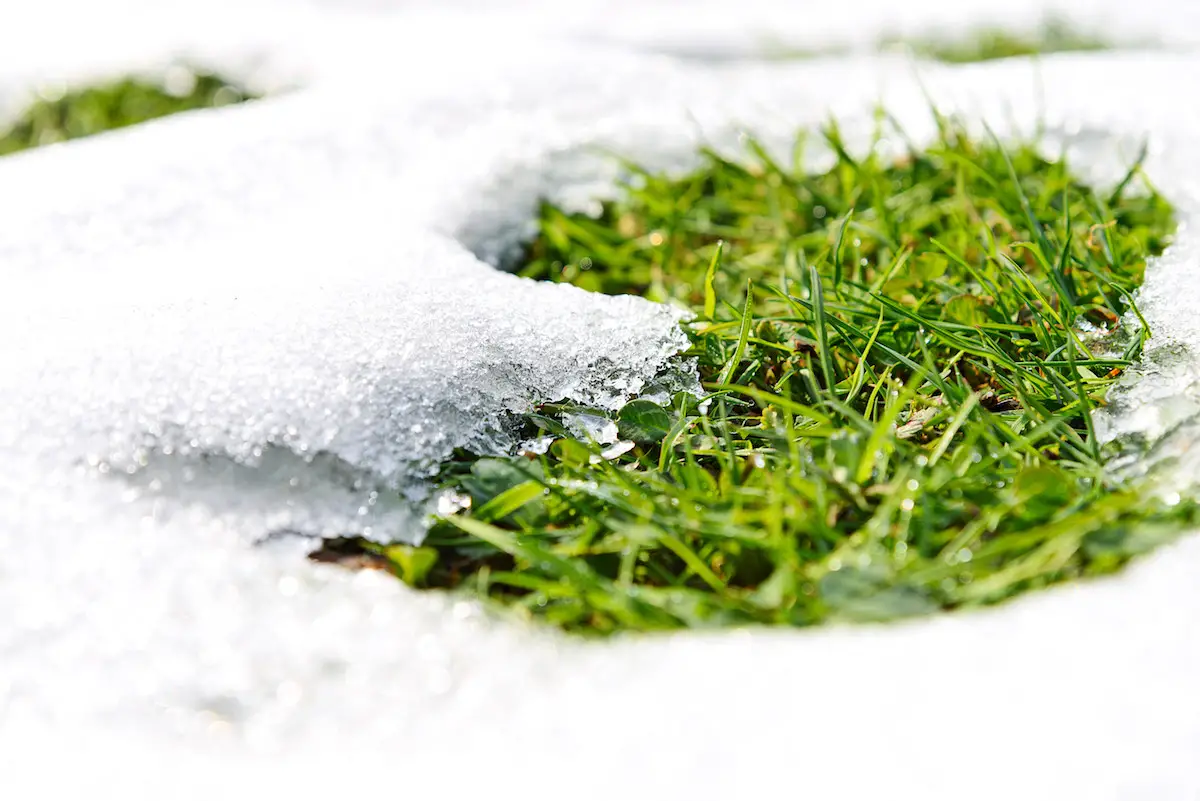Winter Lawn Care for a Better-Looking and Thriving Lawn In the Summer
Lawn care may just seem like a seasonal task, but there are actually a few things you can do in the winter to help ensure your lawn is healthy and green come summer. So what can you do for your lawn in the Winter to help it thrive in the Summer? Here are some things that you can do to your lawn in the winter to help it thrive in the summer:
- fertilize your lawn
- mow your grass short
- rake up leaves and other debris
- aerate your lawn
- seed or sod your lawn
- keep rodents and pests out and away from your lawn
- water your lawn when there is no snow covering it
By following these simple tips, you can give your lawn the best chance at a lush, healthy, green growth spurt come spring. However, there’s more to these things than it seems. So, to find out how your lawn can be one step ahead for the upcoming summer, keep reading!

1. Fertilize your lawn in the winter to give it a head start for the spring and summer
Winter might not be the first time that comes to mind when thinking of lawn care, but taking some simple steps in the cold months can make a huge difference in your landscape come spring and summer. Fertilizing your lawn during winter is one critical step you should take – it will help to reduce weeds and grubs, while at the same time giving your grass a jump-start for increased growth. Not only will fertilizing improve the look of your lawn, but it can also help to protect your home from damage caused by drought or disease. So don’t wait until warmer weather to begin planning for next year’s lawn maintenance – start now with a good winter fertilization routine and enjoy lush green grass all season long!
2. Mow your lawn shorter in the winter so that it will be healthier in the warmer months
Mowing your lawn shorter in the winter may seem counterintuitive, but it can make a big difference to its health come the warmer months. Making the switch may take a little effort upfront, but doing so improves root growth and helps create a denser grass that’s better equipped to withstand any summer drought or heavy rains. This is especially important for those who live in areas with more extreme weather changes between seasons. Although it might be uncomfortable at first, lowering your mower blade height is worth considering if you want to maintain the quality of your lawn all year long.
3. Rake up leaves and other debris from your lawn so that it can get sunlight and air
No yard or garden looks its best when it’s covered in leaves and other debris. Not only is it unsightly, it can also negatively affect the health of your plants. To make sure your lawn thrives and provides a pleasant view, one of the most important steps you can take is regularly raking up any leaves and debris. This will allow sunlight and air to reach your grass, preventing mold as well as promoting healthy growth. Plus, it’s highly satisfying to watch a neglected space turn into a vibrant oasis. So grab your rake and start clearing away those piles – before you know it, you’ll have a pristine garden that’s the envy of the neighborhood!
4. Aerate your lawn in the winter to help water and nutrients penetrate the soil better
Winter is the perfect time to take advantage of aerating your lawn! While it may seem counterintuitive to push holes into the ground during cold weather, doing so allows for better penetration of water and nutrients into the soil. Aeration makes room where the grass can grow fuller and healthier in the upcoming spring months. Furthermore, with air pockets created by aeration, the risk of snow mold and other lawn diseases that typically affect grass in winter is drastically reduced. Simply put, aerating your lawn in the winter will ensure a lusher and greener yard come warmer months!
5. Seed or sod your lawn in the winter to fill in any bare spots
When it comes to achieving the perfect lawn in the winter, one of the first decisions you’ll have to make is whether to use seed or sod for filling in any bare spots. Both options can lead to a luscious and healthy lawn, so it’s important to understand their relative advantages and disadvantages in order to get the most out of your effort. Seeding can be a cost-effective and generally easier method, however, it takes more time since seeds will require watering and nurturing before they are fully established. Sodding is much quicker but can come at a higher cost depending on what kind of grass you choose. Ultimately, whichever route you decide to go with, it’s always best practice to prepare your soil properly before sowing or laying your seed or sod.
6. Keep your lawn free of rodents and pests
Winter may not be the time for mowing and fertilizing, but it is an important season when it comes to keeping your lawn free of rodents and pests. Rodents such as mice or voles are especially likely to make their way into your yard in search of food, shelter, and warmth during this time. To discourage them from making themselves a pest, keep your lawn free from debris and make sure any outdoor lights are not too bright. Additionally, it may be worthwhile to set up traps around the perimeter of your yard if you have an infestation on your hands. By taking these precautions now, you can help reduce the risk that rodents will cause permanent damage to your lawn.

7. Water your lawn in the winter when there is no snow cover
When it comes to winter lawn care, one of the most important things you can do is make sure your grass gets enough water. While it’s easy to overlook watering during cold weather months, especially if there is a layer of snow on the ground, it’s important to note that snow alone is not enough to provide adequate hydration. If you notice any patches of brown or dying grass, it’s a sign that your lawn may need some additional water – and the winter season provides an ideal opportunity for this. While you don’t want to overwater (which can cause fungus and other problems), it’s important to give your lawn a bit of extra water during the winter months. This will help ensure it stays healthy and vibrant when spring arrives!
Frequently Asked Questions
How often should you fertilize your lawn?
Generally speaking, you should fertilize your lawn every 6-8 weeks throughout the growing season. However, this can vary depending on what type of grass you have and what type of fertilizer you’re using. It’s always best to consult with a professional if you’re unsure how often you should be fertilizing your lawn.
Can I aerate my lawn in the winter?
Yes! Aerating your lawn in the winter is a great way to improve its overall health and promote proper growth during the upcoming spring and summer months. Be sure to prepare your soil properly before aeration, however, as this will help ensure maximum benefit from the process.
What should I do if my lawn is infested with rodents?
If you notice signs of rodent activity in your yard, it’s important to take action quickly. Start by removing any debris that may be providing food and shelter for the pests, then set up traps around the perimeter of your yard. Contact a professional pest control service if necessary to get rid of any existing infestations. Keeping your lawn free from debris and maintaining proper winter care will also help prevent future infestations.

How often should you cut your grass in the summer?
It’s generally recommended that you mow your lawn once a week in the summer. Make sure to adjust your mower to the correct height based on the type of grass you have, and always leave some length on the grass blades to ensure they stay healthy and vibrant. Mowing too frequently or cutting the grass too short can cause damage to your lawn.
How often should you aerate your lawn?
Aerating your lawn every other year is typically recommended to ensure optimal health and growth. However, depending on the size of your lawn and its specific needs, this may vary. Again, it’s best to consult with a professional if you’re uncertain as to how often you should be aerating your lawn.
How long should you water your lawn in the winter months?
In general, it’s best to water your lawn for a total of about 45 minutes per week in the winter. This should be done slowly and evenly over the course of several days rather than all at once. Additionally, make sure to adjust the amount of water you give depending on weather conditions – if it rains heavily for one week, you may not need to water your lawn at all.
In Conclusion
It may seem counterintuitive to do some of these lawn maintenance things in the winter months but they’re all essential for your lawn in the winter to help it thrive in the summer. All of these tips will help you have a healthier, better-looking lawn come spring and summer. If you start now, you’ll be ahead of the game and your neighbors will be green with envy. Plus you won’t have to play catch-up during the summer months. So get out there and get to work on your lawn in the winter to help it thrive in the summer! Winter is the perfect time to give your lawn some love and prep for the summer.

